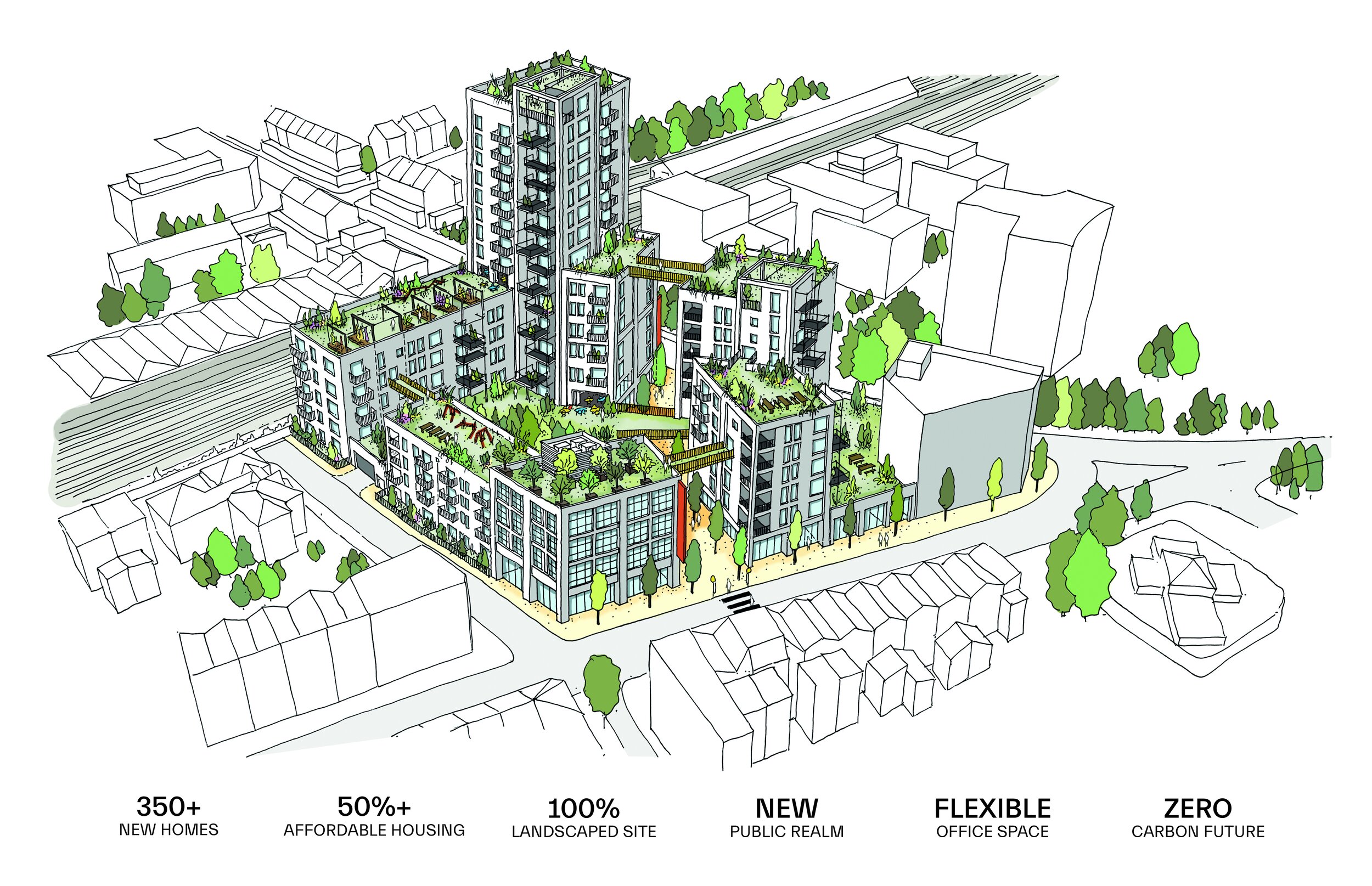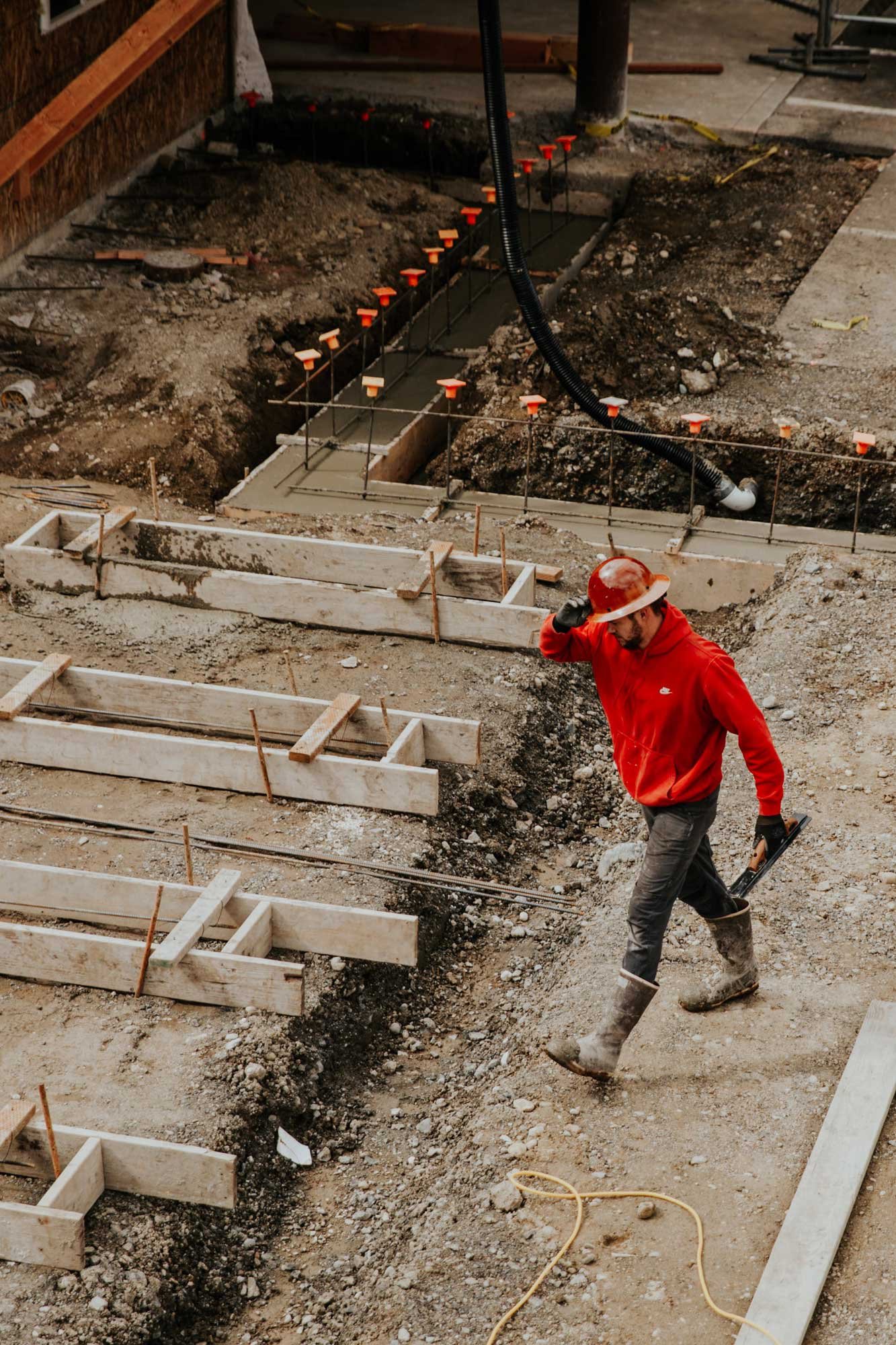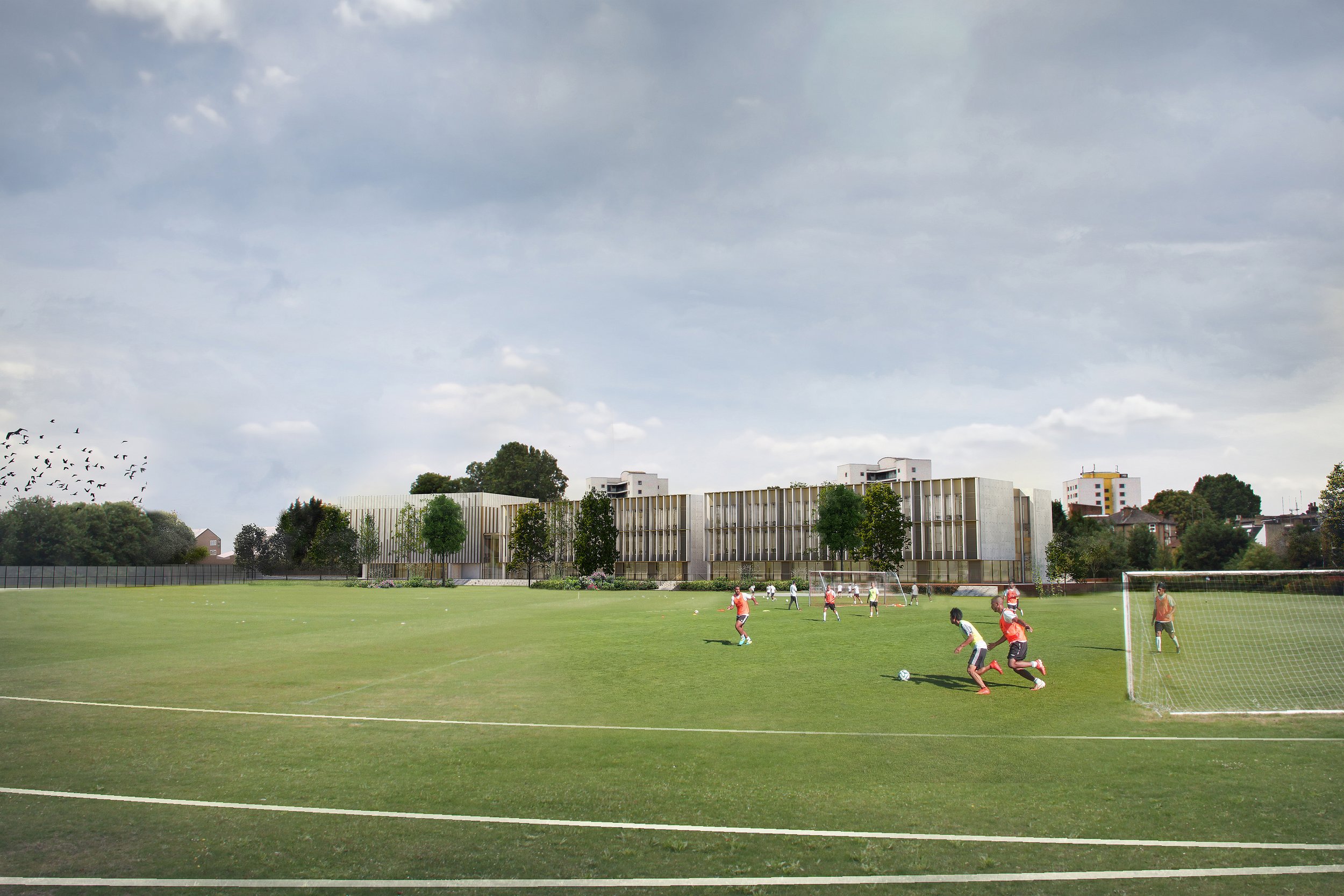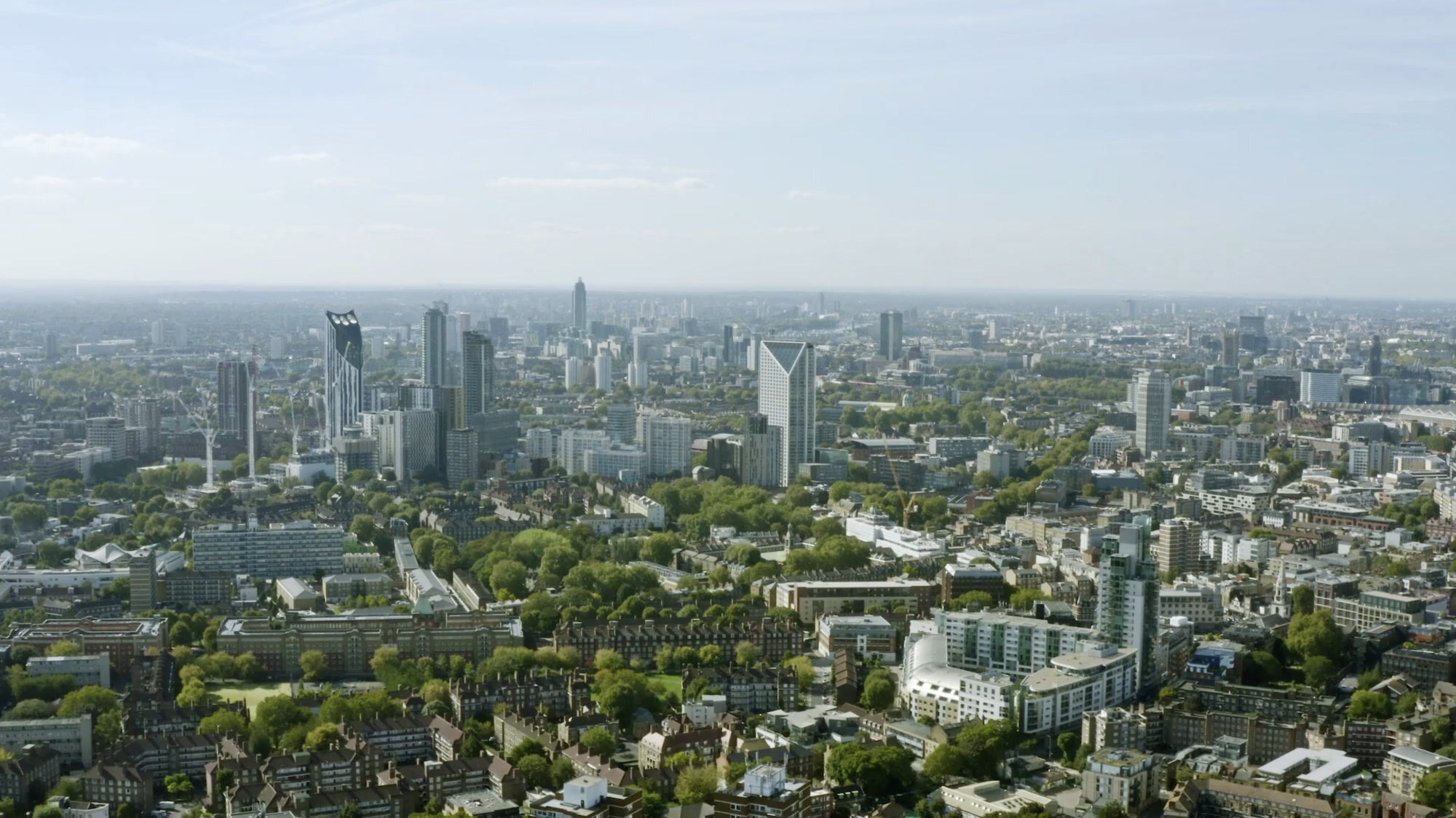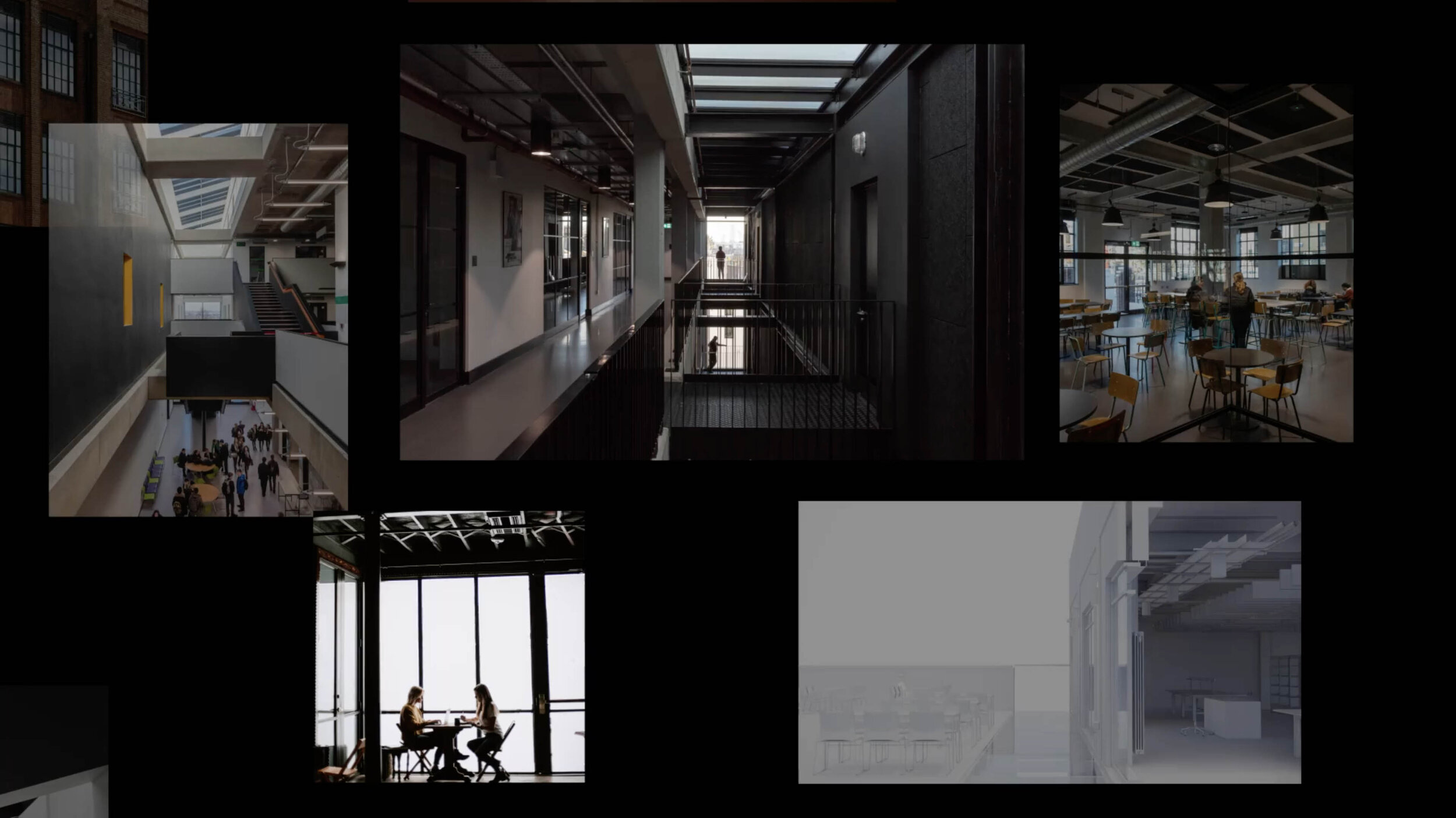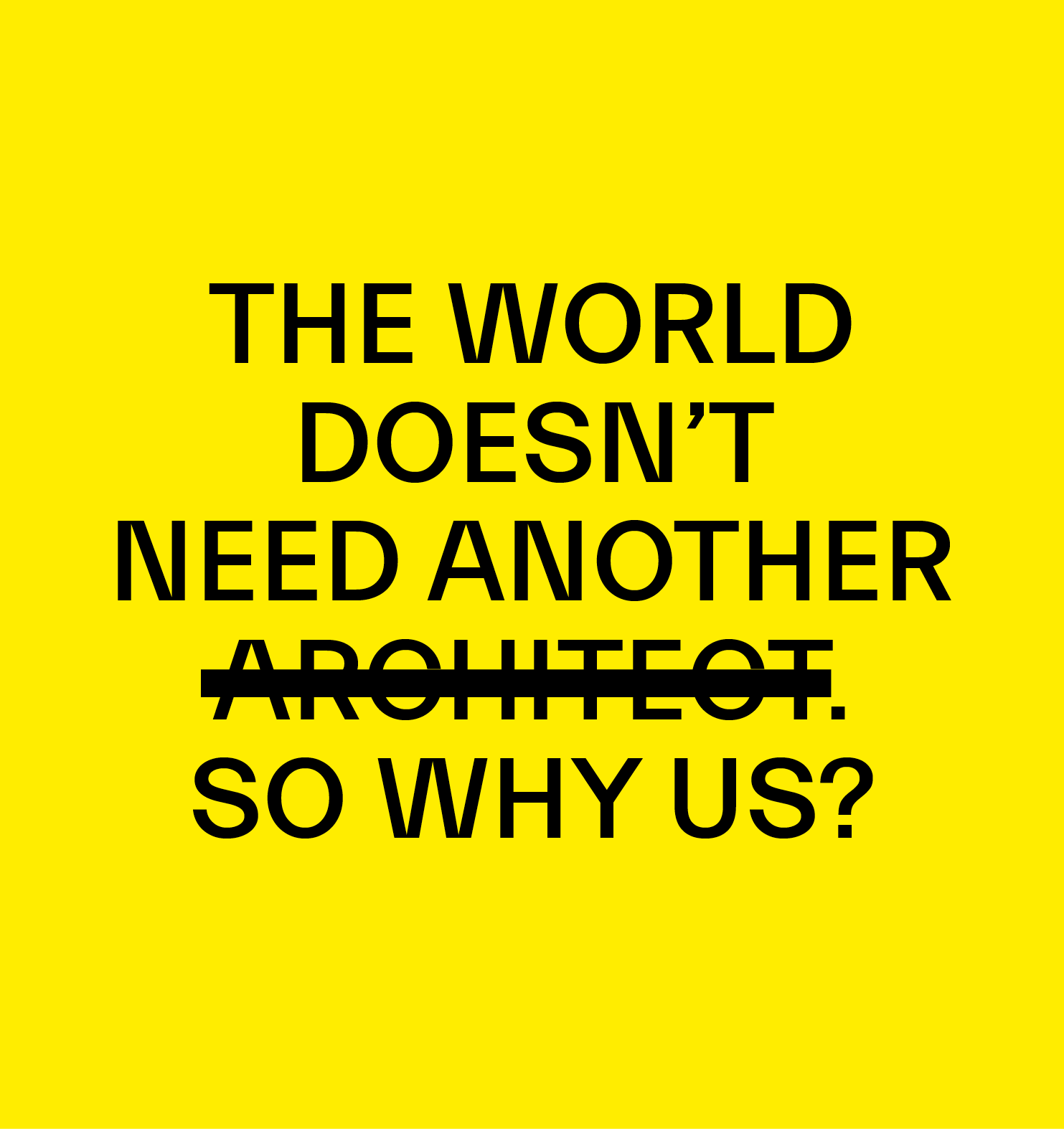Architecture at the speed of culture
The traditional silos that make up the places we create – retail, hospitality, homes, leisure – are not just blurring but being systematically removed by the demands of society. Creating places that become unfit for purpose at an alarming rate. The time has come to unbox the built environment.
BEATING THE
PACE OF CHANGE
Evolutionary by nature, cities have never been defined by hard borders. Urban centres expand and contract with an almost organic fluidity as populations migrate towards and withdraw from city living. But, as seismic shifts in technology continue to blur the lines of how we live and work, and lead to an increasingly agile and diverse population, the homogeneity of the existing built environment cannot provide the flexibility required by modern society.
However, from London to New York, from Singapore to Hong Kong and beyond this lack of adaptability is being addressed. Internationally a more holistic approach to development is beginning to gain currency.
Gone is the drive to compartmentalise. The lines between a hotel, a bar, a restaurant, a cultural centre, an experience, an innovation hub, are no longer relevant. What is relevant are experiences. And the future of experiences relies on the flexibility, versatility, exploration and agility of where we live, work, play and interact.

“Gone is the drive to compartmentalise. The imperative to split different use classes into separate buildings has been discarded. The places we create must be focused on how society will use them, not the other way round”
Cohesive mixed-use developments that offer employment, provide for residential use and incorporate amenity space with leisure uses engender MORE BALANCED and ultimately MORE POSITIVE engagement with planning teams and local authorities.
EMBRACING ADAPTIVE ARCHITECTURE
The concept of what might be called ‘adaptable architecture’ is only now beginning to gather momentum in the UK, but it’s a cause we’ve championed for years thanks to an understanding of the benefits of buildings that not only meets the needs of current city dwellers but which are capable of matching the furious pace of change in our increasingly mutable urban environments.
And the advantages are financial as well as societal. Cohesive mixed-use developments that offer employment, provide for residential use and incorporate amenity space with leisure uses engender more balanced and ultimately more positive engagement with planning teams and local authorities. Blending use classes allows us to create schemes that integrate much-needed affordable homes with practical, lower-cost workspaces and the recreational and retail spaces that knit communities together.
The creation of broader retail experiences – commercial centres that provide for shopping, health, leisure and an evening economy – it is possible to adjust the tempo of retail to once again match the complex rhythm of modern city living.
As a society we’re making huge strides forward in the way mixed-use schemes are being delivered, but there’s still more we can do to create the kind of kind of vibrant, versatile, intensely inspiring urban landscapes we want people to live in the coming decades – and we’re determined to get the mix right.


